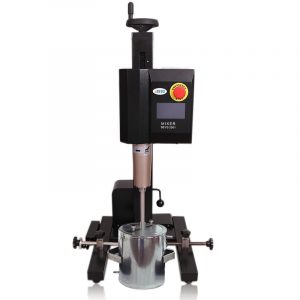Calculation method of waste gas collected by disperser
Calculation method of waste gas collected by disperser
The calculation method of the waste gas collected by the disperser usually involves the following key factors:
Exhaust gas generation rate: The exhaust gas generation rate refers to the volume or mass of exhaust gas discharged by the disperser during its operation. It depends on the working parameters of the disperser, such as speed, volume, production capacity, etc.
Waste gas treatment efficiency: Waste gas treatment efficiency refers to the treatment capacity of the waste gas collection system, that is, the ability to collect and treat the waste gas generated by the disperser. It depends on the design and performance of the exhaust gas collection equipment.
Calculation method of waste gas collected by disperser
Exhaust gas emission standard: according to the local environmental protection regulations and standards, determine the emission requirements of the exhaust gas of the disperser. This will affect the design and operation of the exhaust gas collection system.
According to the above factors, the following simple calculation formula can be used to estimate the amount of waste gas collected by the disperser:
Exhaust gas collection = exhaust gas generation rate/exhaust gas treatment efficiency
Please note that the above formula is only one estimation method, and the actual situation may be more complicated. The specific values of the exhaust gas generation rate and the exhaust gas treatment efficiency need to be measured and evaluated according to the actual situation of the disperser and the exhaust gas collection system. In addition, it is necessary to comply with local environmental laws and standards to ensure that exhaust emissions meet relevant requirements.

Calculation method of waste gas collected by disperser
It is recommended to consult and cooperate with professional environmental protection engineers or experts in related fields when designing and operating exhaust gas collection systems to ensure that the selection and design of exhaust gas treatment equipment meets actual needs and complies with local environmental regulations and standards.
